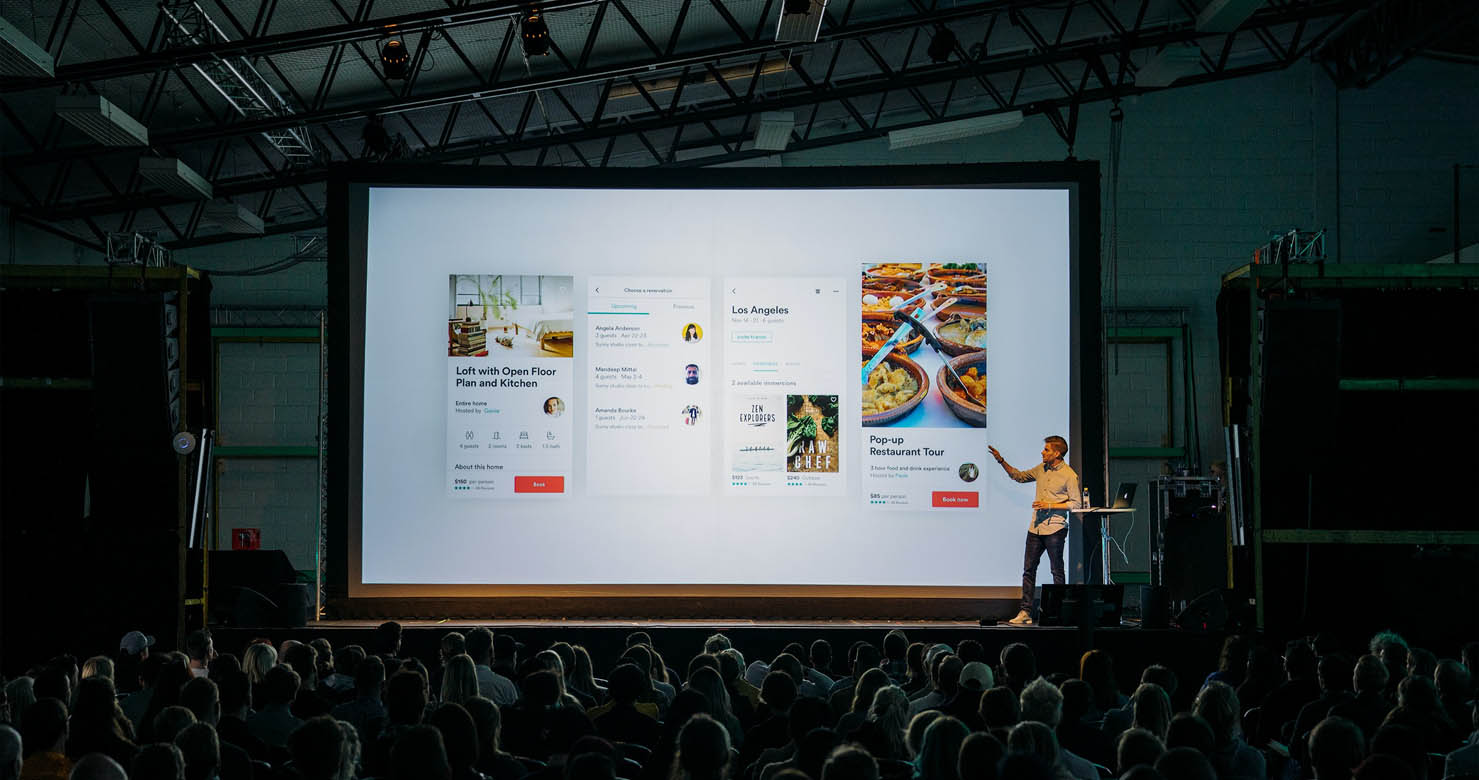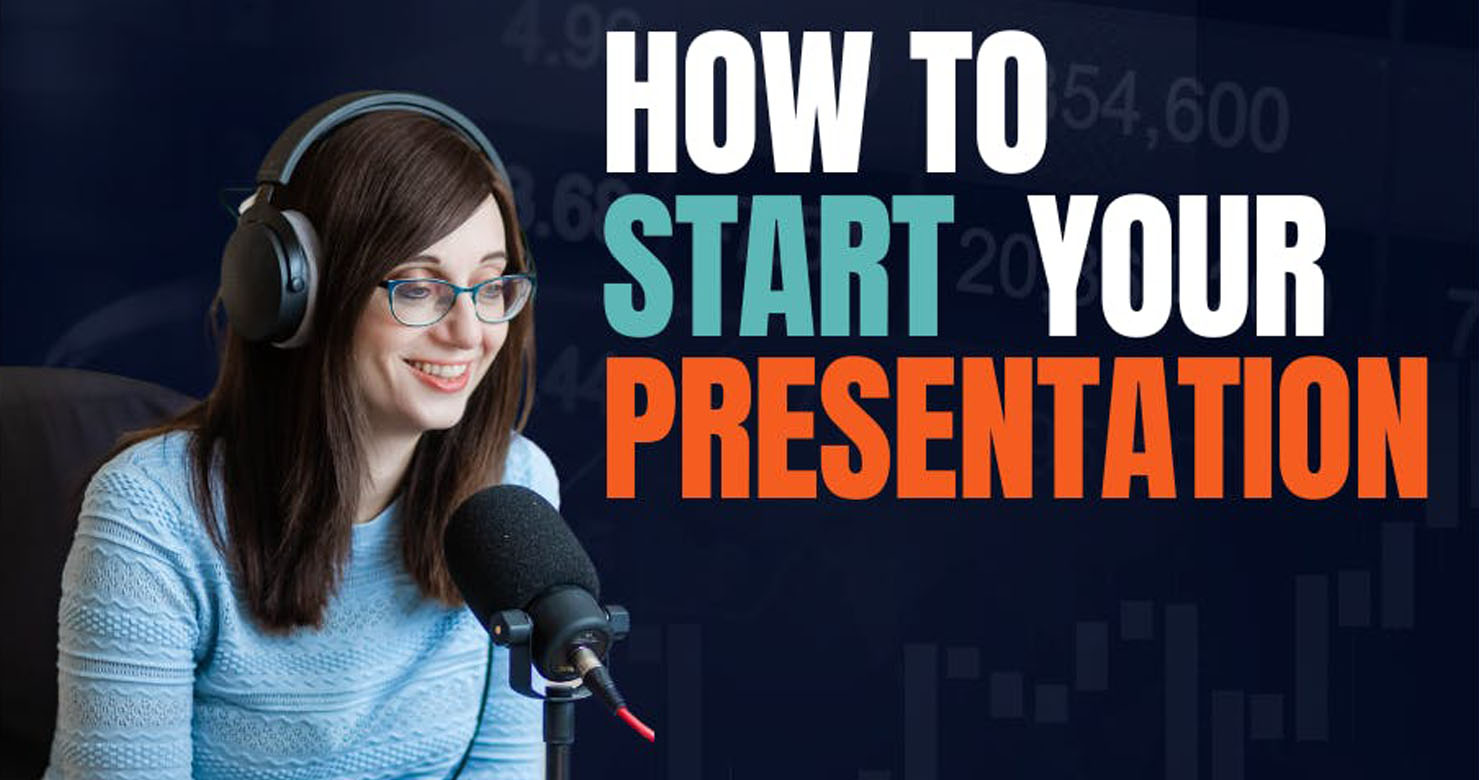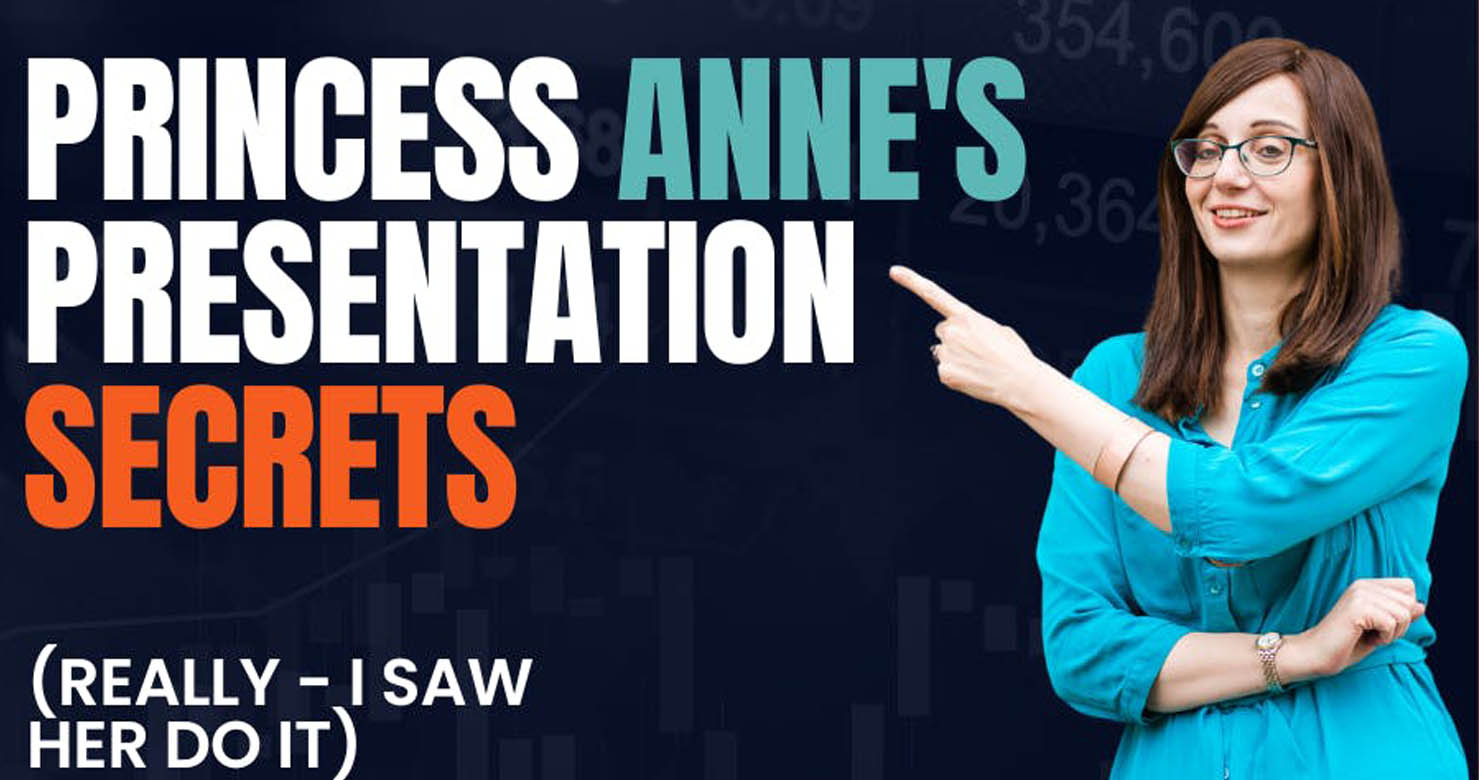
You probably do presentations as part of your everyday job. But are you getting paid keynote speaking gigs?
You could be getting paid $2k-$10k per speaking event, and it’s a great way to generate some extra income.
I’ve laid out the entire 9-step plan for you based on my experience of choosing over 200 keynote speakers for my conferences, and coaching hundreds of clients to get paid speaking gigs)
Here’s how to build a side hustle as a keynote speaker:
1. Choose your audience.
You need to know who your target audience is before you start.
Think about what outcome you want from your presentation. Is it to develop yourself as a thought leader? Is it to get investment? It it to sell your product?
The outcome you want will help you understand who should be in your audience.
Get clear on your audience before you move on to Step 2.
2. Know your message.
Make it easy for event organizers to invite you.
Put together a few topics you can speak about.
- What is your unique angle?
- What outcome will you deliver for the audience?
Of course, you can adapt this depending on what the organizers are looking for.
As a starting point, having a few ideas makes it easier for organizers to see where you fit into the programme.
3. Get together testimonials.
Once you’ve done 1 + 2, you need to prove yourself.
Instead of expecting people to know you’re an awesome speaker, gather the evidence.
Why?
Because if you have testimonials, people will see what value you have to offer.
Ask people who have seen you present before to record a short video and include the following:
- What was the problem you were facing before the presentation/what were you hoping this presentation would give you?
- Why did you invite me/why did you want to hear me speak?
- What was your experience of hearing me present?
- What did you leave knowing, or how did it change you?
- If someone was considering inviting me to speak and they are on the fence, what would you say to them?
Most people are happy to have a guide for what to include in the testimonial and this gives is a perfect structure to sell your skills
4. Put together a website.
You can put together a website on Carrd for $0 without being an IT whizz.
It’ll take you 1-2 hours and then you will have a simple landing page.
Now you have a central site and you can direct people to it to showcase your presentation offer..
Give them something clear and simple to look at.
5. Have a showreel.
Reading a website is no substitute for watching someone present.
When I look for keynote speakers for the conferences I run, I scour the web to see examples of them talking.
Here’s what you can do
- Record a talk
- Get some recordings of the audience reaction
- Cut together clips
If you can’t do this, just record yourself talking about your topic with a friend or colleague. It’ll still give any prospective organizers an idea of what you are like.
6. Make a target list.
At this point, you’re now ready to tackle your targets.
If you did Steps 1 and 2, this should be easy.
Just don’t forget:
- Think outside the box
- Keep track of who you’ve contacted
Put together a spreadsheet with website urls, contact details, and dates.
Include those that seem unattainable – aim high.
7. Draft a pitch email.
After you’ve successfully made your target list, now it’s time to draft your pitch:
- Explain clearly why you chose them.
- Be clear on what you can offer for their audience
- Share your website, testimonials, feedback
You’ll customize this for each contact, but use the template as a foundation to get started.
8: Starting contacting people.
Most people think they should wait for the invites to roll in.
Then they get frustrated when they don’t get asked.
Instead, make it happen for yourself.
If you put yourself out there, here’s what will happen:
- You will make connections
- You will put yourself on the radar
- You will get feedback to refine your pitch
9: Ask for what you’re worth.
You’re almost there, just one more step.
It’s time to ask for what you’re worth.
Value your time.
Of course, there may be times when you are happy to do it for free. If it’s a high-value audience or will lead to indirect revenue then you may want to accept it regardless of the fee.
But otherwise…just ask.
Don’t undersell yourself. Recognize and value your expertise.
So, don’t fall into the trap of just being grateful to get an invite (unless you really want to do it for free).




